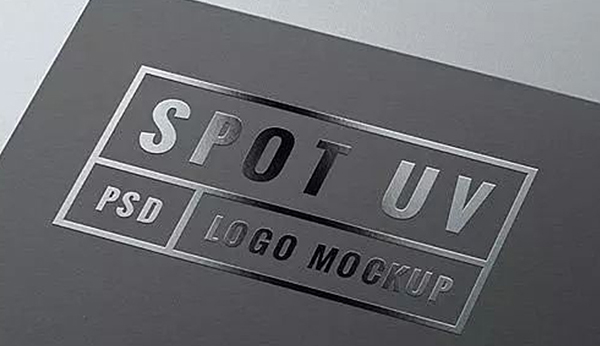

How are many packaging boxes made from ordinary materials yet manage to look high-end? The secret often lies in the printing and finishing techniques. Let’s explore some of the key processes used in packaging box production and see how they can help you achieve a premium look at a lower cost.
The most common printing processes include hot stamping, embossing, and UV coating—with UV being one of the most widely used. Since hot stamping and embossing are already quite familiar, today we’ll focus on UV printing.
UV is essentially a special type of ink that cures and adheres to the paper through ultraviolet light. The most popular form is glossy UV, a transparent and shiny coating that makes selected areas appear bright and smooth, enhancing both texture and visual appeal. Another common type is matte UV, which gives a soft, rough finish for a more understated and elegant look.
In addition, there is reverse UV, which also creates a matte effect but is achieved differently. It results from the reaction between two UV varnishes with contrasting properties. Reverse UV not only provides an anti-counterfeiting function but also delivers a unique visual texture. Compared with regular matte UV, it looks more refined while maintaining a tactile, rough surface.
In summary, UV printing is a versatile process that can significantly elevate the appearance of packaging boxes. We hope this overview helps you better understand how to use UV techniques to enhance your packaging design.
If you’re looking for professional packaging box printing services, feel free to contact Shengcai Printing for expert advice and competitive quotes — we’re always ready to help you create packaging that stands out.
Before Valentine’s Day, a premium chocolate brand’s hex […]
When designing product packaging, manufacturers often p […]
Looking to make a lasting impression with your packagin […]
The role of packaging is becoming increasingly importan […]